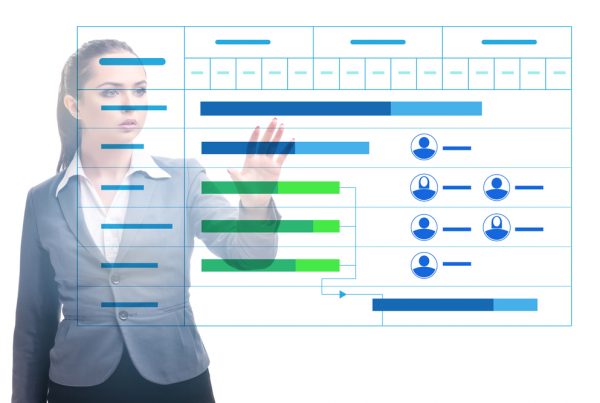Digitizing data-driven business processes, through cutting-edge technologies, guarantees many advantages. But first of all, you need to have a solid database and know how to use them.
Whether your organization is launching a Digital Transformation project or not, most processes are likely to be inseparable from your IT infrastructure.
All this translates into an important link: if technological advances are managed correctly and accurately, they are transformed into business progress.
Not everything is so simple: many organisations find themselves struggling to bridge the gap between their existing infrastructure and the potential of innovation.
But how is it possible to optimise these efforts and achieve the desired results?
The answer lies in the data: no digital transformation will be successful without a solid database.
No, we’re not talking about the classic extraction, cleaning, reformatting and loading processes. To achieve the desired success and achieve the business goals, it is necessary to include the subsequent analysis of the collected data, which can guide the decision-making process and operation.
We all agree that the data generated by business processes is valuable. But you have to be able to use them.
Let’s take a practical example.
The current pandemic has instilled in the world’s population a sense of instability and uncertainty for the future, with a consequent contraction of purchases. Many organizations are therefore in difficulty and the company management must juggle with a great challenge: to guide the company in the best way to seize new opportunities.
Optimising the business planning process, focusing on budgeting and forecasting processes, is key to juggling the current global market.
Many organizations, large and small, still rely on purely manual activities for processes of this type, and present several critical issues such as:
• Waste of resources in low value-added activities (such as data collection and certification)
• Extensive use of Excel sheets, which sometimes makes it impossible to get a unique view of reality
• Mismatch between financial objectives and operational plans
• Slow reallocation of resources in response to changes in business conditions
In order to make better decisions, business management should have at its disposal software that allows a collaborative planning process, that collects and processes the data in real-time providing an effective graphical representation with the ability to compare the data with the historical and/ or simulations of possible future scenarios.
These features are critical to helping organizations move from an annual planning process that feeds on historical data to a more dynamic prediction process, based on current data, allowing greater responsiveness to events in constant motion such as the Covid-19 pandemic.
Therefore, it becomes essential to gather information from different systems in an integrated way (financial operating data, sales forecasts, personnel costs …) and elaborate them and present them to management so that they can define the strategic planning and allocate the resources for its implementation.
However, many companies face a common problem: the collection, cleaning and subsequent organization of data takes up much of the time with data scientists. In this way analyzing and understanding how to exploit them effectively becomes unfortunately a summary activity.
To untangle with increasing volumes of data and sources, the new tools have greatly simplified this task, automating management and reducing time.
Taking advantage of all the useful information, so that your organization can turn into data driven, is not at all simple. You need to be able to assimilate, integrate and analyze data from internal and external sources, juggling Big Data, quickly, to use them in the moment of action.
All those companies that today want to face a digital transformation project, with the aim of making their business more competitive, can count on this new generation of tools, in order to build a solid database of data, fundamental to success, and transform them into value through analysis.
Learn how we have helped our customers create value for their business and processes through data by reading our case studies.
If you want to know more about the topic, stay tuned to our Insights section or on our Linkedin page.






